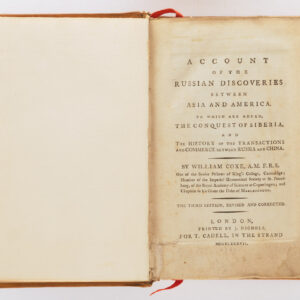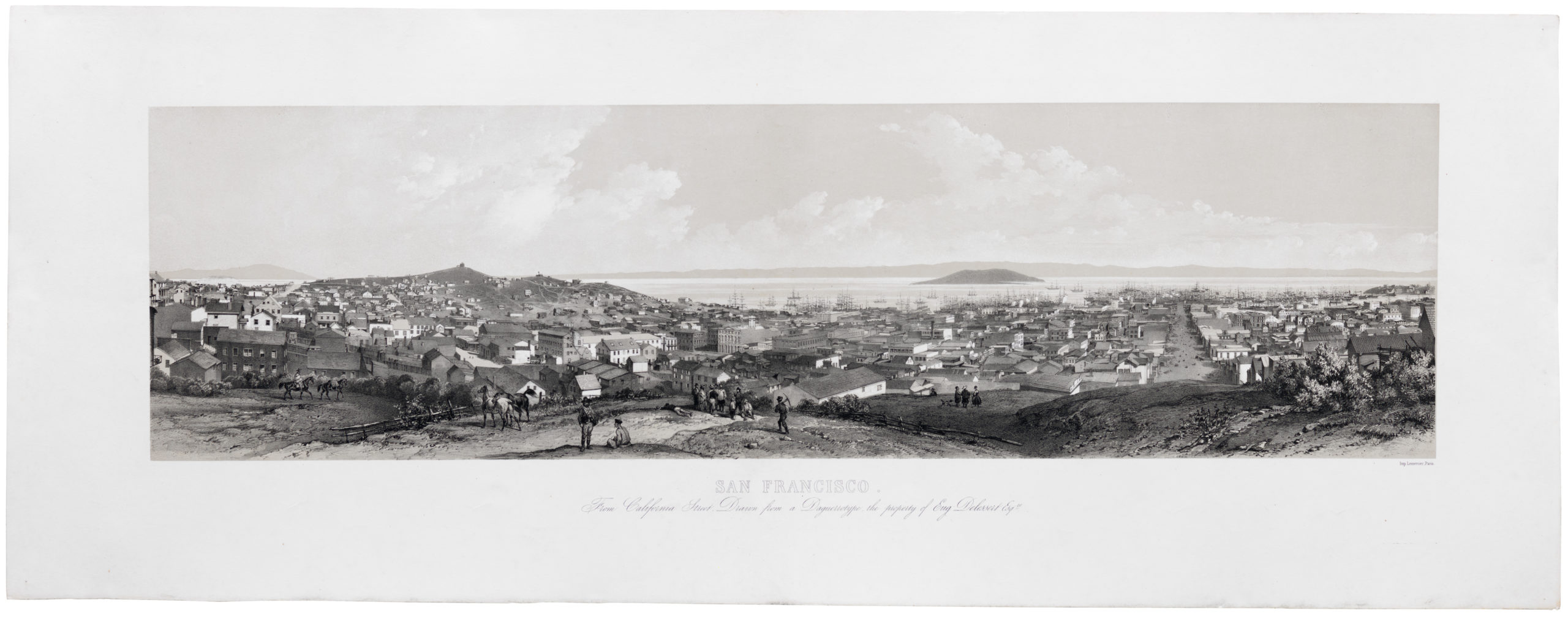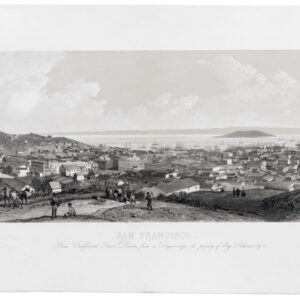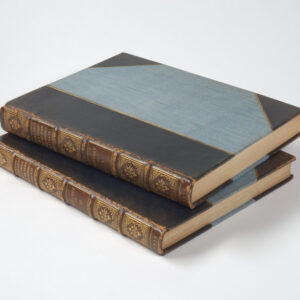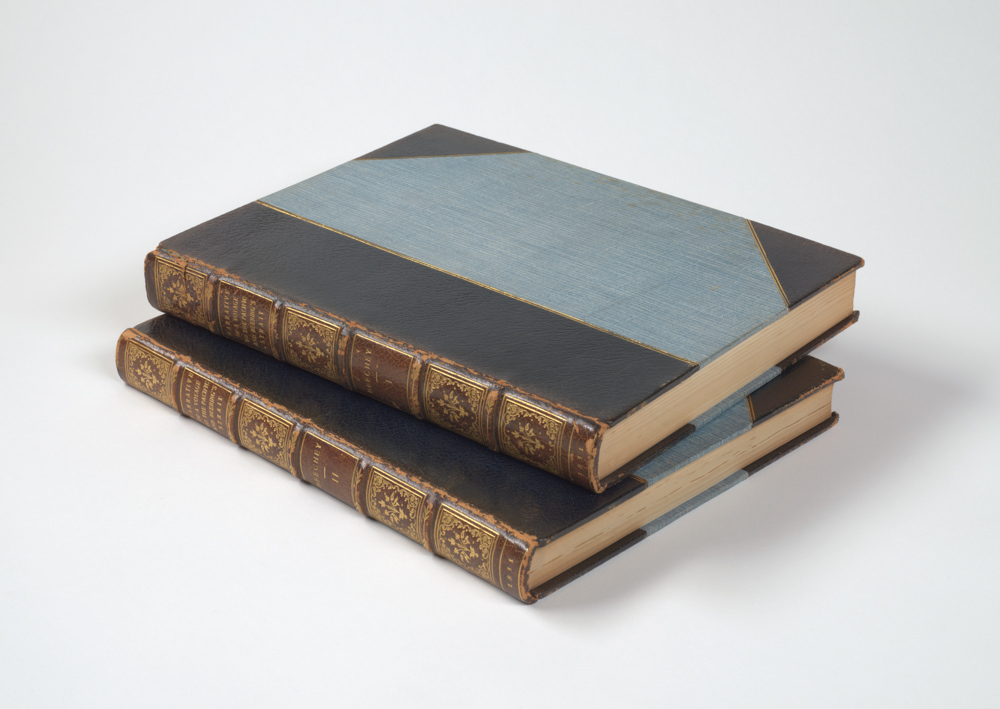Retrospective study on the origins of the 1906 catastrophe.
The Water Supply of San Francisco California before, during, and after the earthquake of April 18th, 1906, and the subsequent conflagration.
$375
1 in stock
Description
This is a July 23, 1906, report issued by Hermann Schussler, the highly-regarded chief engineer of the Spring Valley Water Works, the main supplier of water to the city and county of San Francisco at the time.
San Francisco did not have a municipal water supply at the time of the April 18th, 1906 earthquake, but instead received its water supply through a privately-owned series of reservoirs, conduit lines, mains, and service pipes to individual homes and buildings. When the earthquake struck in the early morning of April 18th, the Spring Valley Water Works’ supply system failed catastrophically, mostly because of mains and service pipes breaking, sending water streaming uselessly into the air while depriving firefighters of the needed supply at hydrants. Gas lines were similarly broken, emitting flammable gas into the air, worsening the small fires which started in the immediate aftermath of the earthquake. Water mains laid in landfill areas where the ground was less solid were particularly vulnerable, as was the case with any buildings constructed in such areas.
Schussler’s forensic report provides a brief but comprehensive history of the city’s water supply and the causes for its failure, supplemented by 28 plates, including maps, diagrams, and photographs. Although objective in tone, Schussler is far from an uninterested observer, and consistently aims to absolve himself and his company of responsibility even though there had been warnings before the earthquake that the city’s water supply was highly vulnerable. Most notably, in 1903, Dennis T. Sullivan, the Chief of the Fire Department, had proposed the construction of a high-pressure auxiliary water supply for firefighters in the event of an earthquake, but as the system was privately-owned, the city had no means of implementing his suggestions. Tragically, Sullivan died in the 1906 conflagration, but his recommendations were influential after the disaster, resulting in the construction of the San Francisco Auxiliary Water Supply System, completed in 1913.
For his part, Schussler is at pains to point out that the city set excessively low rates for water supply, leaving the Spring Valley Water Works underfunded and incapable of establishing an auxiliary water supply before the earthquake even if it had wanted to. In any event, after decades of political fighting and lawsuits, and having established its own superior system of water supply buttressed by the Hetch Hetchy Reservoir, the City and County of San Francisco took over the Spring Valley Water Works in 1930 and established the San Francisco Water Department (now the San Francisco Public Utilities Commission, or SFPUC).
Publication information
This report was written by Hermann Schussler in 1906 and published by Martin B. Brown Press in New York. There appear to be at least two printings of the report, one in 1906 and one in 1908. Along with the co-mingling of microform, digital, and physical examples in the OCLC catalog listing, establishing a true census for this report is difficult.
Cartographer(s):
Hermann Schüssler (1842 -1919), was a German water-systems engineer and architect of dams, famous for designing the Comstock water system.
He emigrated to California 1864 and started working for the Spring Valley Water Works of San Francisco. He worked on several projects in the Bay Area. Remarkable projects are the dams at Crystal Springs Reservoir and San Andreas Lake which survived the 1906 San Francisco earthquake.
Schüssler became chief engineer of Marin County, and later of Virginia City. In Virginia City, he worked for Virginia City and Gold Hill Water Company and build the Comstock water system. Schüssler also worked for the Sutro Tunnel Company and designed the water system for Tuscarora and Pioche. In 1878, he worked on several water projects in Hawaii.
Condition Description
Wear at corners, rear wrapper replaced; overall very good. 48 pp. + 28 plates of maps, diagrams, measured drawings, etc., many of them folding.
References
